

deep insights, facts & figures

The market for floor coverings managed growth by value of 2.4 per cent in 2011 after a long downward slide. However, according to Interconnection Consulting, no breather is in sight this year for the manufacturers
The floor coverings market in Europe has stabilised, showing growth of 2.4 per cent by value in 2011, while the quantity sold increased by 0.9 per cent. This is revealed in a study by market researchers Interconnection Consulting. Altogether sales in 2011 amounted to 651.2 m², which is still 8.5 per cent less than before the 2008 crisis. On closer investigation, however, the countries surveyed developed very differently. While Germany was able to record growth of 4.4 per cent, the market in Spain continued along its negative trend, registering a decrease in value terms of 5.7 per cent. The markets in Benelux and France grew by 3.4 per cent and 3.2 per cent respectively, while the United Kingdom got off lightly with growth of 1.1 per cent. The survey looks at textile and elastic floor coverings (linoleum, PVC) as well as laminate and wood/parquet. The elastic floor coverings have been the winners in terms of the different material groups during recent years and in 2011 were again leading the field with a growth rate of 3.9 per cent. In addition to the more stable demand in non-residential buildings, the domain of elastic floor coverings, so-called designer flooring plays a major role here: elastic floor coverings in a great variety of colours and designs are seen as a new product group in the industry and are increasingly making it into private households right across Europe as well. In Germany alone this product group grew by 13.5 per cent in 2011; currently a total of 35.4 mio m² is sold in Europe as a whole. The situation appears quite different in the case of laminate. A tough price war is leading to value growth of just 0.9 per cent. “This sluggish tendency will also continue into 2012, principally because of the high level of imports of cheap laminate flooring from Asia,” according to Astrid Maier, author of the survey. Textile floor coverings claiming a market share of 37.4 per cent by value still continue to be the clear market leader, albeit with a slowdown in growth. The segment, which fell by 0.3 per cent in 2011, suffers both from a poor image at times and the generally weak development of the core British market, where 101.5 mio m² were sold in 2011 alone. The parquet product group was able to gain in significance despite the rising price of timber, and increased sales by 2.9 per cent to 53.1 mio m². “Wood is becoming increasingly significant in Germany and the Benelux states,” reports Maier. There are scarcely any manufacturers in Europe with…
Related articles
Read also

 Menü
Menü



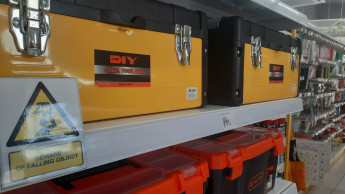
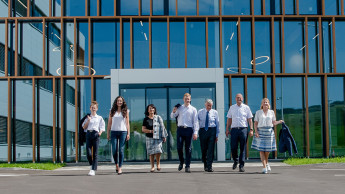

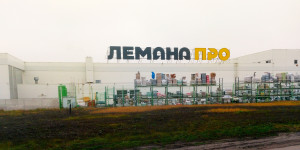

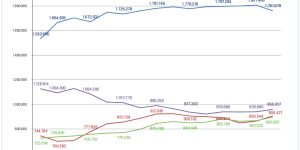
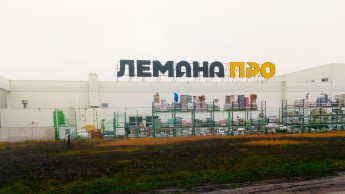
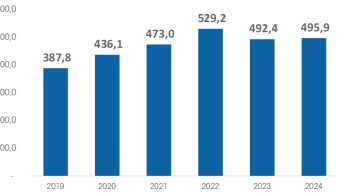
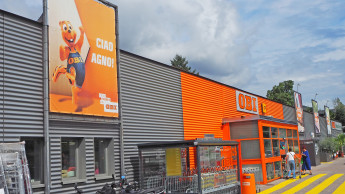
 Newsletter
Newsletter